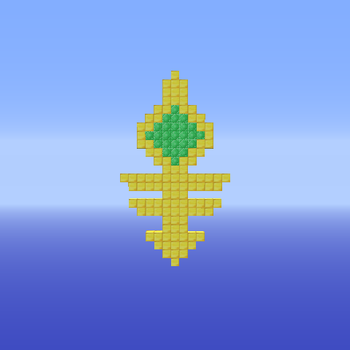Question #68567
2 Answers
Explanation:
The
This changes our integrand to:
We lack a
Make the substitution:
It helps to know a few trig derivatives for this integral:

Since the derivative of csc(u) is -csc(u)cot(u), the integral of csc(u)cot(u) must be -csc(u).
Now plug in
Using well-known derivative:
You have:
[ PS : Always a good idea with the inverted trig functions (and tangent/cotangent) to check there are no singularities in the interval. Here, there aren't :)]


